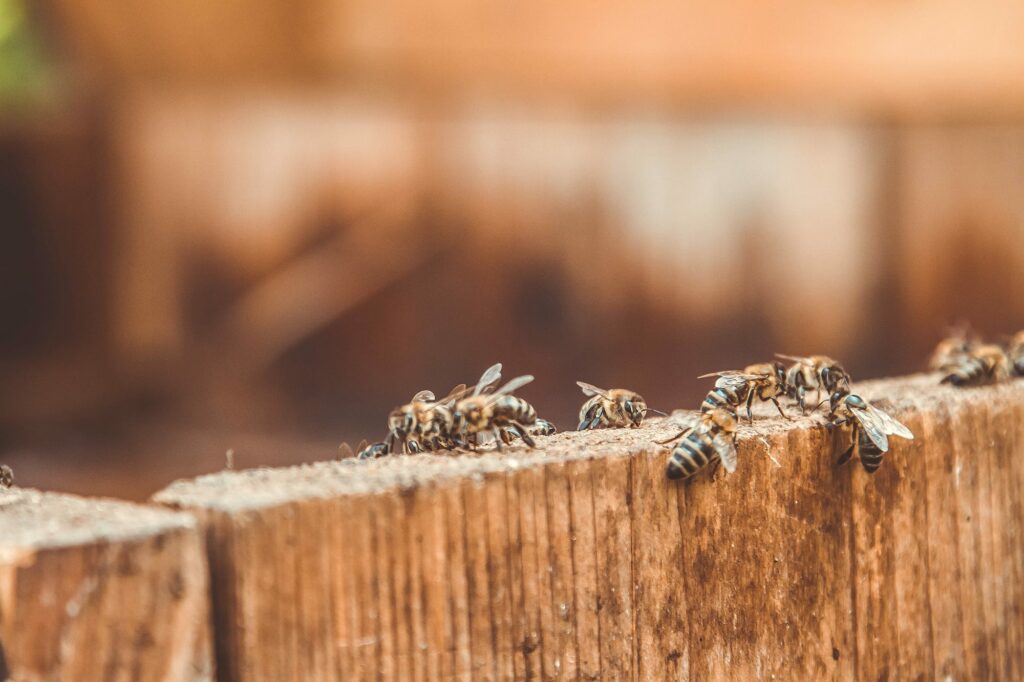
Contents
Here are some unwanted sights — an ant crawling on your kitchen counter, a beetle crashing into your window screen, a spider web in the corner of your room, or a mouse skittering across the floor. You do your best to keep your house clean and protected, so where are these pests coming from?
The brief answer, outside. But that really doesn’t help you, does it? To get into your house, they need to come from outside. The major factors here are figuring out why and how pests get inside your house.
Let’s start with answering the question, why? Pests want to be indoors for much of the same reasons you do. They are looking for food and shelter, and your home can provide both to a wide assortment of unwanted guests. Once you do find these pests, they are likely to receive a swift eviction notice.
As for how, the options are plenty. Any crack, gap or opening, no matter how small, is large enough. You might notice when a fly gets in through your door as you are walking through it, but what you might not notice is the opening around the framework. Check around your house for these gaps around your doors and windows and seal them off properly.
Also, while you are checking on your windows, assess the condition of your screens. Older screens might have holes or tears that make it possible for insects to get inside. You could try using a screen repair kit, or replace the screen entirely to up your defenses.
Entry points also include where your utilities enter the house. Plumbing lines, for example, might leave enough space for those ants to waltz in and search for food or water. Seal off the space around your pipes, both inside and outside, to keep them out of your kitchen.
You may already know some pests are in your house, but can’t quite figure out where they’ve set up camp. Your drains in both your shower and sink can be the desired habitat for some insects. The drain fly, for example, will feed on and lay eggs in the gunk made from slow or clogged drains, hence the name drain fly. By clearing the clog and cleaning your drain, you can also remove future drain flies.
Cockroaches also have no problem with living in your drains. Same with fruit flies and centipedes. While it is very unlikely that these pests have entered through your drains, it is likely that they could have been there for a while already. Along with keeping your drains clog free, you should be on the lookout for leaks or other excess water. Wrapping your pipes with insulation can stop your pipes from condensating, which is just another easy source of water for these pests.
Finally, some pests are getting in your house by hitching a ride. Ticks and fleas, for example, can attach to you or your pet. Weevils can even travel from the store to your home through your groceries.
Knowing how pests get inside means staying vigilant all throughout the year to keep your home protected and increase your chances of making your home free of pests. When you find an unwanted guest in your home and can’t figure out where it came from, contact Van Den Berge Pest Control at 616-392-7367.
Trust the locally owned, widely renowned experts at Van Den Berge Pest Control for all of your pest needs. With over 100 years of combined experience throughout the Holland, MI-based pest control team, you know you’re in expert hands with our state-certified experts.
Recent Posts
Why Trust Our Termite Inspection and Treatment?
Rely on our termite inspection and treatment because our team of experts is certified and
Six Effective Chemical Pest Prevention Methods
They say that prevention is better than cure, and this adage holds true when it
What Is the Best Termite Inspection and Treatment?
For the best termite inspection and treatment, opt for professional services. Experts spot early signs,
